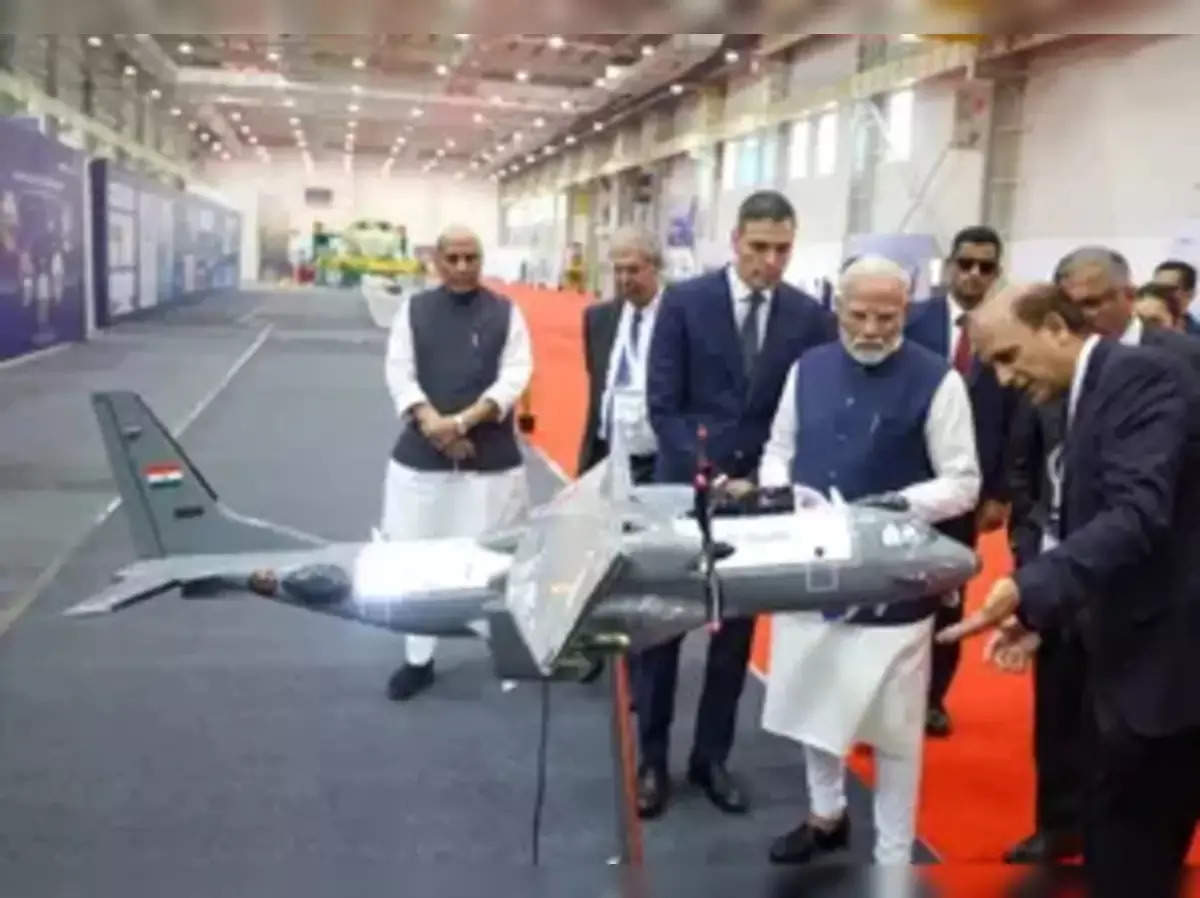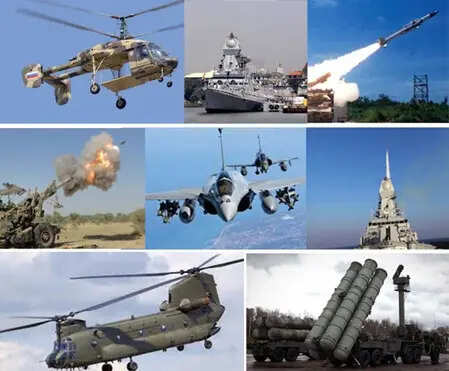
From eager buyer Azerbaijan left stranded by logistical knots to African nations and South American prospects shadowed by the strategic concerns of global powerhouses, India’s burgeoning defence industry finds its export ambitions tethered by a complex geopolitical reality.
While India’s arsenals boast a widening array of indigenous might, from battlefield essentials to cutting-edge missile technology and formidable naval assets, attracting eager eyes across continents, the path to becoming a true defence export titan remains a challenging navigation through the labyrinthine corridors of international regulations and the often-unspoken vetoes of global influence. Despite proactive government policies and a clear intent to project its defence prowess beyond its borders, India’s journey is less a straightforward ascent and more a strategic tightrope walk, balancing its manufacturing muscle against the restrictive forces of export controls and geopolitical headwinds that limit its reach in the global arms bazaar.
The ambition is clear. As India’s Defence Minister, Rajnath Singh, stated recently, “Our aim is not just to be self-reliant in defence but also to be a net exporter. We have the capability and the will to achieve this, contributing to the security needs of our friendly nations.” This vision is supported by policy initiatives like the Defence Production and Export Promotion Policy (DPEPP) 2020, which outlines strategies to enhance export competitiveness and streamline regulatory processes. The target is ambitious: to achieve defence exports worth ₹50,000 crore (approximately $6 billion USD) by 2029. However, the path to realizing this ambition is riddled with obstacles. One significant hurdle lies in the intricacies of export control regulations, both domestic and international. According to a senior official at the Ministry of External Affairs, who wished to remain anonymous, “While we have simplified some of our export procedures, navigating the varying and often stringent regulations of different importing nations remains a challenge. Ensuring compliance while maintaining the competitiveness of our products requires constant effort and expertise.”
The case of Azerbaijan perfectly illustrates the logistical and geopolitical impediments. While Azerbaijan has expressed keen interest in procuring defence equipment from India, logistical bottlenecks, often exacerbated by regional political tensions and transit complexities, have hindered the smooth transfer of goods. This situation underscores the need for robust government-to-government frameworks that not only simplify sales agreements but also address the practicalities of transportation and delivery across diverse geopolitical landscapes.

India’s aspirations to export to certain regions, particularly Africa and South America, face headwinds due to opposition from established global powers like the United States and other influential nations. These countries often wield significant influence over the defence procurement decisions of smaller nations, and their strategic interests can clash with India’s export ambitions.
As strategic affairs expert, Dr. Laxman Behera, Associate Professor, Jawaharlal Nehru University, notes, “The global arms market is not just about economics; it’s deeply intertwined with geopolitics. Major powers often use arms exports as a tool of foreign policy, and India, as a rising player, will inevitably face resistance as it tries to carve out its space.”
The reasons for this opposition are varied. Sometimes, it stems from concerns about regional stability, with major powers wary of arms transfers that could potentially escalate conflicts. In other instances, it could be due to the importing nation’s existing alliances or its dependence on military hardware from specific countries. Moreover, there can be concerns about technology transfer and the potential for Indian-origin equipment to fall into the hands of adversaries.
Several other instances highlight the impact of geopolitical issues on India’s defence export potential. For example, attempts to export certain advanced weapon systems to Southeast Asian nations have reportedly faced subtle pressure from countries with established defence ties in the region. Similarly, engaging with countries facing international sanctions or embargoes presents a complex ethical and political dilemma, further limiting India’s export avenues.
According to a seasoned diplomat who has served in multiple key missions, “Defence exports are a sensitive matter, often carrying significant geopolitical implications. We have to be mindful of our strategic partnerships and international obligations while pursuing our export goals. It’s a delicate balancing act.” This necessitates a nuanced diplomatic approach, where India not only promotes its defence products but also engages in strategic dialogues to address the concerns of potential buyers and influential global players.
To effectively navigate this complex landscape, India needs to focus on several key areas. Firstly, streamlining government-to-government sales is crucial. This involves simplifying bureaucratic procedures, offering attractive financing options like defence lines of credit with competitive interest rates, and establishing clear protocols for after-sales support and maintenance.
Secondly, creating robust frameworks for international sales beyond government-to-government deals is essential to engage with private defence entities in other countries. This includes establishing transparent and efficient export licensing mechanisms for private Indian defence manufacturers and providing them with the necessary support to market their products internationally.
Thirdly, India needs to strengthen its diplomatic engagement to address geopolitical obstacles. This involves proactive dialogue with countries that have expressed interest in Indian defence products, as well as engaging with nations that might have reservations. Building trust and highlighting India’s commitment to responsible arms exports and regional stability is paramount.
Focusing on niche areas where India has a competitive edge and where geopolitical sensitivities might be lower could yield better results in the short to medium term. This could include exporting training equipment, certain categories of dual-use technology, and providing maintenance and upgrade services for military platforms of Soviet or Russian origin, where India possesses significant expertise.
As Pushan Das, Associate Fellow at the Observer Research Foundation, argues, “India should strategically target markets where its value proposition aligns with the buyer’s needs and where geopolitical constraints are less severe. Building a track record of reliable exports in these segments can pave the way for more significant deals in the future.”
While India possesses the industrial capacity and the political will to become a significant defence exporter, navigating the intricate web of export control regulations and geopolitical considerations remains a formidable challenge. Simplifying government-to-government sales, creating effective frameworks for international transactions, and proactive diplomatic engagement are crucial steps in unlocking India’s export potential.
Overcoming the logistical hurdles and addressing the concerns of major global powers will require a sustained and strategic effort. Only by carefully maneuvering through this geopolitical maze can India realize its ambition of becoming a key player in the global defence market.


